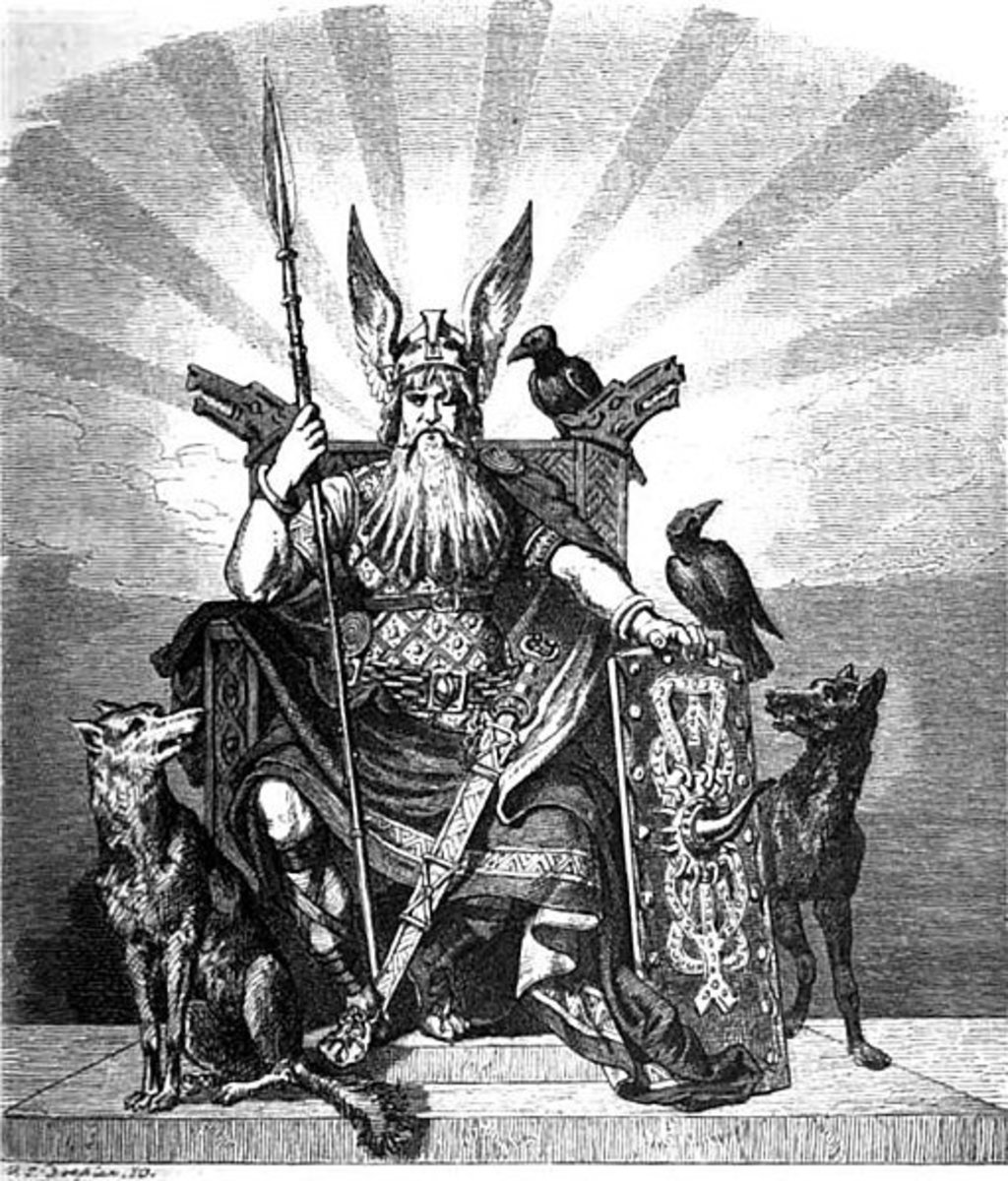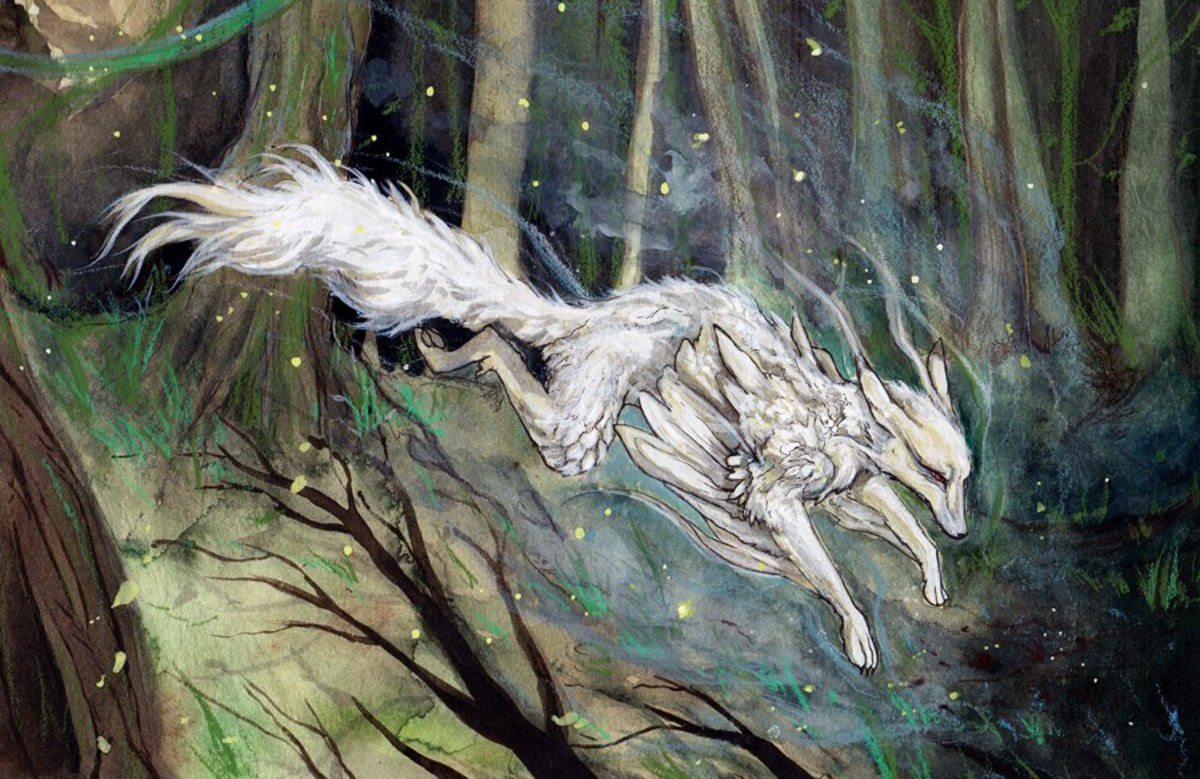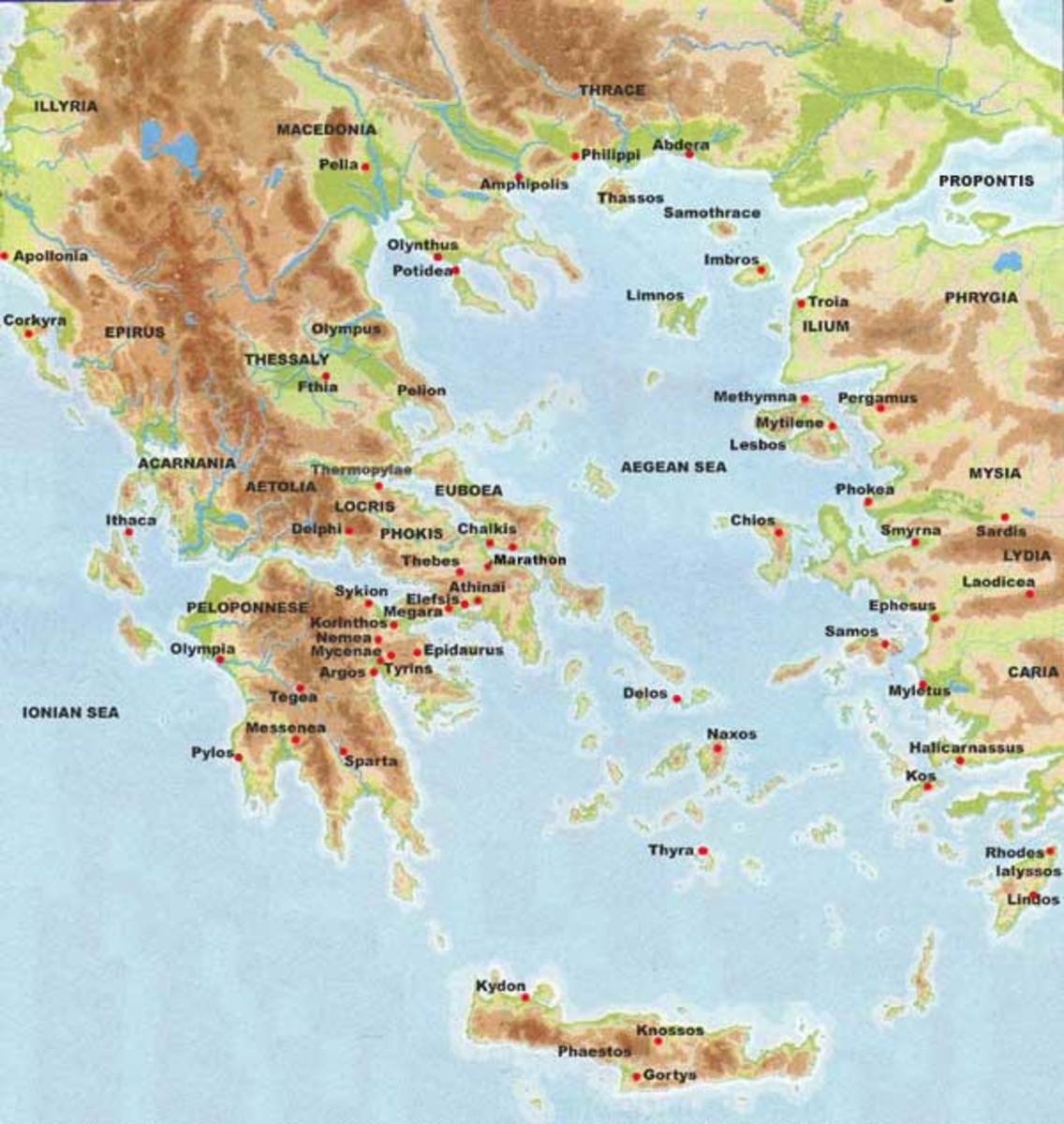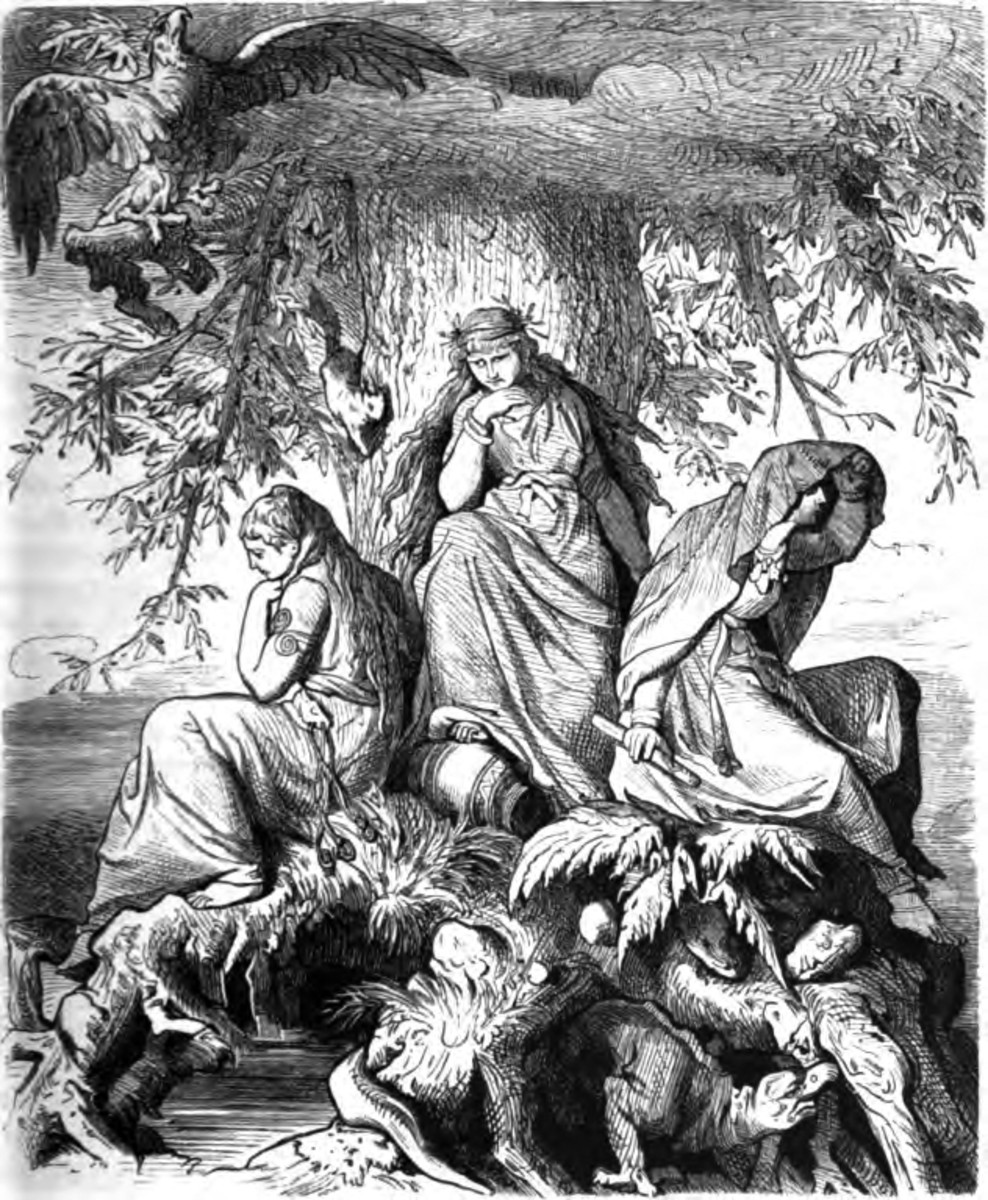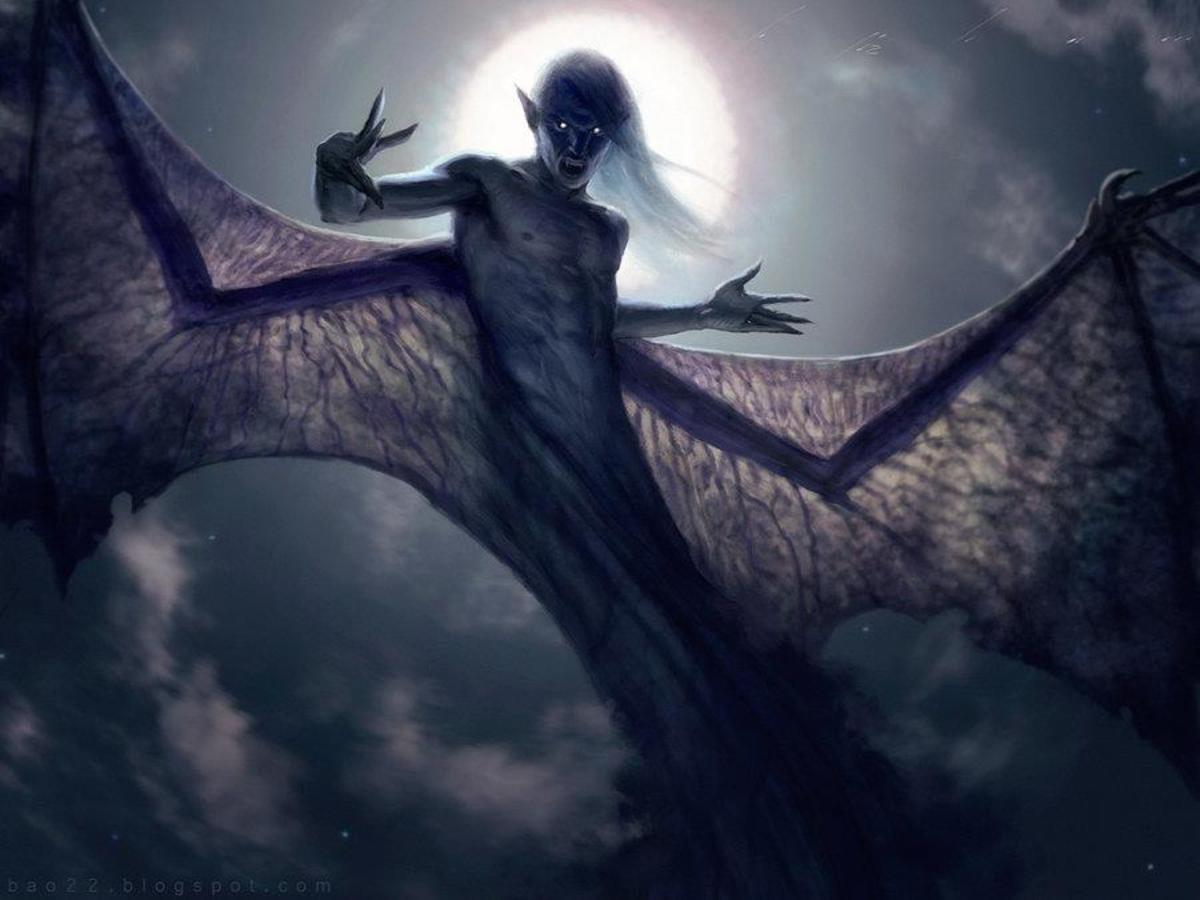- HubPages»
- Education and Science»
- Sociology & Anthropology»
- Folklore & Mythology
What is Norse Mythology
What is Norse Mythology?
Norse Mythology
Mythology derives its characteristics from the land and peoples of its origin.
The land of the Norse was a cold, cruel land of frost, snow, and ice.
It is only natural that Norse Mythology was filled with gods that also had to battle against huge frost giants.
There were heroic gods safe in their home of two sunny Mount Olympus, who knew that they and their home in Asgard would eventually be destroyed.
In a way, their prophecy was fulfilled, for Christianity all but extinguished talk of the old gods, except in Iceland.
There, in the thirteenth century, Snorri Sturluson, a poet, scholar, and historian, collected many of the Norse myths and legends into a book called the Prose Edda. Much of his writing was based on an earlier verse collection called the Poetic Edda. These two books are the primary sources of an individual's knowledge of Norse Mythology.
It is too bad that children do not know these myths as well as they know those of the Greeks. In some ways, the Norse tales seem more suited to children than the highly sophisticated Greek tales.
Amusing stories indeed! Epic of Legendary Heroes.
An epic is a long narrative or a cycle of stories clustering around the actions of a single hero.
Epics grew out of myths or along with them since the gods still intervened in earlier epics like the Iliad and the Odyssey. Gradually, the centre of the action shifted from the gods to human heroes, in tales like ''Robin Hood' the focus is completely on the daring adventures of the man himself.
The epic hero is a cultural or national hero embodying all the ideal characteristics of greatness in his time. Thus, Odysseus and Penelope, his wife, represented the Greek ideals of intelligence, persistence, and resourcefulness. Odysseus survived by his wits rather than his great strength.
Both King Arthur and Robin Hood appealed to the English love of justice and freedom: King Arthur and his knights represented the code of chivalry; Robin Hood was the champion of the commoner, the prototype of the ''good outlaw. ''.
The Epic of Gilgamesh.
The epic of Gilgamesh, recorded more than four thousand years ago in Mesopotamia, is one of the oldest hero stories.
The epic poem first discovered written on clay tablets in the library of Assur-Bani-Pal, an Assyrian King who ruled from 668 B.C., is the compilation of many earlier myths.
The original stories concerned three figures: Gilgamesh, a Sumerian King; Enkidu, a primitive wild man; and Utnapishtim, the man we would call Noah.
In Gilgamesh the King, we are introduced to the God-king who plays the central role in the three books, written by a Canadian author, Ludmila Zeman who retold and illustrated the story in three episodes.
The god-king is bitter and cruel because he has not experienced the power of human companionship. When his desire to build a great wall threatens his people's survival, the sun godsends Enkidu, another man as strong as Gilgamesh, to earth, where he lives in the forest and cares for the animals.
When he threatens Gilgamesh's hunters, Gilgamesh sends the lovely singer Shamar to tempt Enkidu out of the forest.
Despite his beastly appearance, she teaches him about human love, and they leave the forest to confront Gilgamesh.
The two men engage in a terrible struggle with Gilgamesh's famous wall, but because their powers are equal, they seem to be at an impasse.
Then Gilgamesh stumbles on a stone and falls to his death, except that Enkidu reaches out a hand to help him. Gilgamesh's experience of human kindness is transforming, and the two become like brothers.
In the Revenge against Ishtar, the two meet the goddess Ishtar, who offers to marry Gilgamesh and give him a chariot of gold. When he spurns her, he makes a great enemy that will plague him all his life and cause the deaths of Shamar and Enkidu.
In the Last Quest of Gilgamesh, the great king is so heartbroken by the death of his friends that he sets out to find the secret of immortality.
When he learns that Utnapishtim is the only human who knows that secret Gilgamesh endures a terrible journey to the waters of death to Utnapishtim's island.
Utnapishtim explains that he arrived on the island on a great ark after he had been warned of a terrible flood that would destroy the earth.
The Lliad and the Odyssey. According to tradition, a blind minstrel named Homer composed the epic poems the Lliad and the Odyssey about 850 B.C.; but scholars generally believe that parts of the stories were sung by many persons and that they were woven into one long narrative before they were written.
The Iliad is an account of the Trojan War fought over Helen, the most beautiful woman in the world. When Helen is kidnapped by Paris, a Trojan, her Greek husband, King Menelaus, enlists the Greeks in a ten-year siege of Troy that is led by the Greek warriors, Agamemnon, and Achilles.
The complex story is long and difficult to understand, although specific incidents, such as the final defeat of the Trojans by the cunning device of the Trojan Horse, do intrigue some children.
The Odyssey is the story of the hazardous ten-year journey of Odysseus called Ulysses by the Romans from Troy to his home in Ithaca, following the end of the war.
Odysseus has one terrifying experience after another, which he manages to survive with his cunning.
For example:
He defeats the horrible one-eyed Cyclops by blinding him and ten-strapping his men to the undersides of sheep, which could leave the cave.
His ship safely passes between the whirlpool of Charybdis and the monster Scylla, but later is shipwrecked and delayed for seven years.
A loyal servant and his son aid the returned hero in assuming his rightful throne and saving his wife. Penelope has had a difficult time discouraging the many suitors who wish to become king.
While children or teachers might be acquainted with episodes from the story, it is the total force of all his trials that presents the full dimensions of this hero.
The Ramayana.
The Ramayana is the epic tale of India that tells how the noble Rama, his devoted brother, and his beautiful, virtuous wife, Sita, manage to defeat the evil demon Ravana.
Heir to the throne, Rama is banished from his home through the trickery of his stepmother.
Prince Rama, his brother, and the devoted Sita spend fourteen years in wandering and adventure one day Sita vanishes, being kidnapped by Ravana. Rama searches for her unsuccessfully and then turns to a tribe of monkeys for help.
Finally, Sita is found, and with the help of an entire army of monkeys, Rama rescues her.
To be cleansed from her association with the demon, Sita must withstand a trial by fire. Heroes of the Middle Ages.
Some historians believe there was a King Arthur who became famous in the sixth century.
Defeated by the invading Saxons, his people fled to Wales and Brittany and told stories of his bravery and goodness.
Other stories became attached to these, and the exploits of Tristram, Gawaine, and Lancelot were added to the Arthurian cycle. Every story shows proof of their real actions!
What is Norse Mythology?

Norse Mythology
What is your opinion on Norse Mythology?
This content is accurate and true to the best of the author’s knowledge and is not meant to substitute for formal and individualized advice from a qualified professional.
© 2013 Devika Primić

